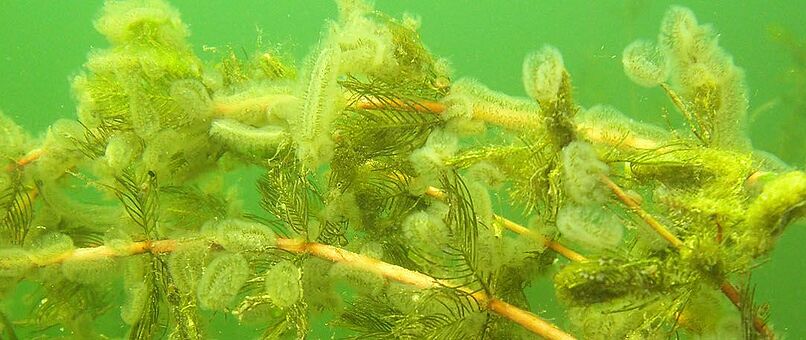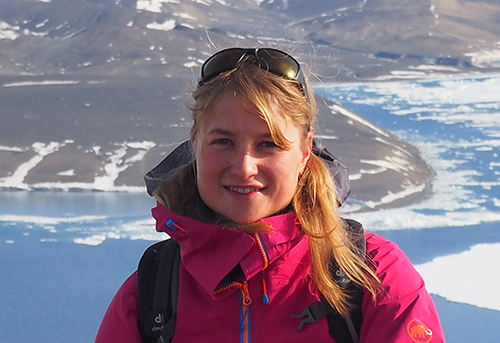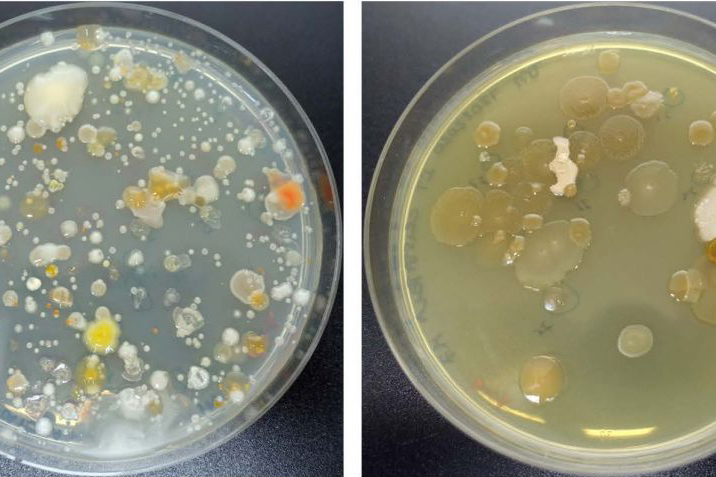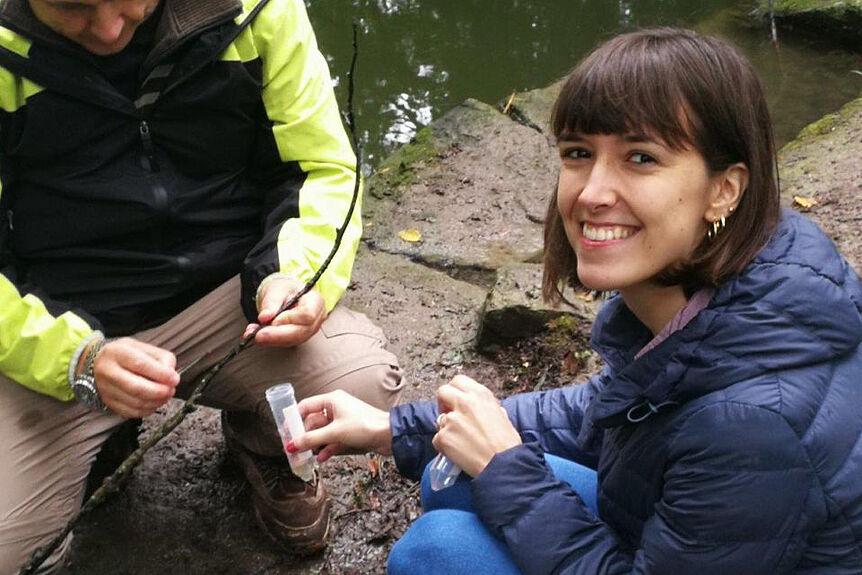About Us
The MetaBac Research Platform is a joint initiative of members of the Faculty of Life Sciences, the Centre for Microbiology and Environmental Systems Science and the Faculty of Chemistry at the University of Vienna.
- We combine metagenomics, metatranscriptomics, and metabolomics to study secondary metabolite synthesis in host-associated and environmental microbiomes
- We cultivate microorganisms and establish defined communities for secondary metabolite production
- We identify and characterize produced secondary metabolites
News
Latest Publications
Graffius S, Garzón JFG, Zehl M, Pjevac P, Kirkegaard R, Flieder M, Loy A, Rattei T, Ostrovsky A, Zotchev SB
2023 - Microbiol Spectr, e0435322
Flieder M, Buongiorno J, Herbold CW, Hausmann B, Rattei T, Lloyd KG, Loy A, Wasmund K
2021 - ISME J, 11: 3159-3180









